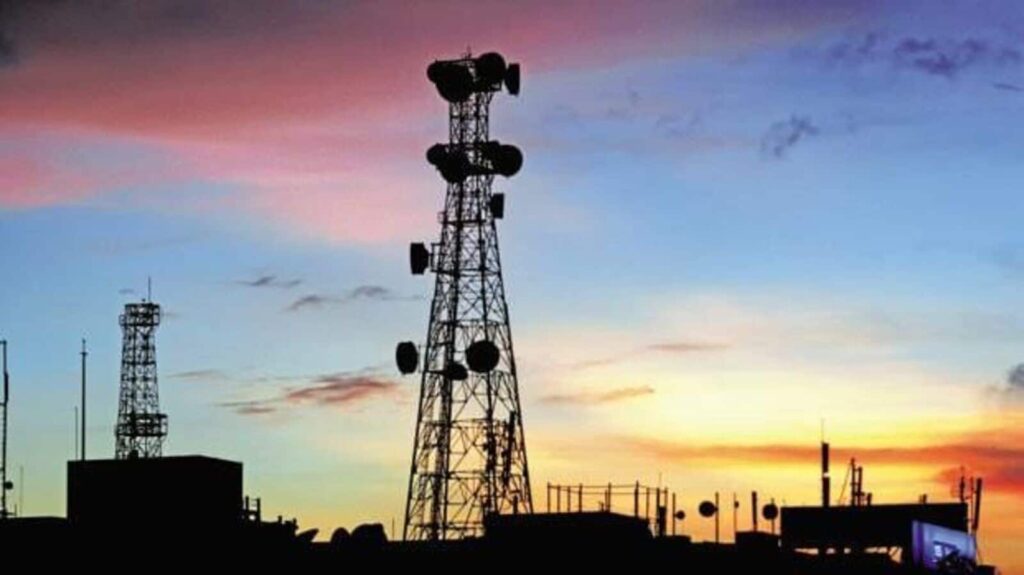In India, this infrastructure is primarily built and operated by telcos, who seek additional network usage fees from application providers to sustain their capital investments.
These demands are not new. The Cellular Operators Association of India (COAI) white paper “Addressing rising data traffic and related infrastructure costs in Indian telecommunications” had previously foreshadowed some of the discussions that took place at the conference. Telcos also want large-scale traffic generators (LTGs), such as video streaming apps, to pay for some of their infrastructure costs.
However, international experience shows that India should not pursue this policy. In South Korea, the only country in Asia to attempt such “equitable distribution,” consumer marginalization is worsening. LTGs are increasingly partnering directly with internet providers to circumvent policies or offer limited content within the country.
These detours reduce transportation efficiency and distort the Korean market. As a result, the average time it takes for a data packet to travel from one point to another is the longest in the developed world. This is quite a change in fortunes for a country that once boasted the world’s best internet infrastructure.
The dispute between OTTs and TSPs in South Korea has also sparked a debate over “net neutrality,” which states that internet infrastructure providers like telecommunications companies should not differentiate between similar data packets flowing through them.
Everyone already pays for network access. Asymmetric payments by a small number of users change this paradigm and encourage internet providers to play favorites with their data packets, violating the principles of net neutrality.
Even the EU, despite its penchant for state intervention in well-functioning digital markets, has been wary of demands for a “fair share.” The company has already successfully distorted every digital interaction with its trigger-happy data protection, e-commerce, and competition rulemaking.
Surprisingly, common sense still prevails when it comes to issues of “fair distribution.” EU member states such as Austria, Denmark, Germany, Italy and the Netherlands do not support it, nor do prominent institutions such as the European Telecommunications Agency BEREC, the Internet Association and the RIPE Network Coordination Center.
The United States is similarly unconvinced, despite legislative proposals for variations on the fair share concept. A bill introduced by some senators to lower broadband costs for consumers has not made progress. President Joe Biden’s administration appears reluctant to repeat South Korea’s mistakes. So why should India do this?
Telcos already benefit greatly from application providers, especially those that generate large amounts of traffic, such as video apps. Would you pay as much as you would for the internet if your favorite apps were unavailable?
Academics at the Delhi University of Technology and the University of Oslo don’t think so. They suggest that without such LTG, there is no need for high-quality Internet infrastructure.
Scholars Brian Beard and Nicholas Economize go so far as to show that online content consumption, also driven by our favorite apps, plays twice as much of a role in driving internet adoption as per capita income.
It is also telling that there is no empirical research to support the fair share argument. Attempting to compensate with false conflicts is prone to basic errors. For example, the COAI whitepaper claims that growth in data usage is outpacing growth in data traffic and that the two are directly correlated.
However, data transmission capacity and data usage are two fundamentally different concepts. The former is the amount of data that can be sent within a certain time frame, and the latter represents the actual usage of this capacity.
Consider that a single 4G communications base station delivers over 100 terabytes of mobile data per month. Considering there are over 2.4 million stations, a simple calculation shows that the average data consumption per base station is approximately 11 terabytes per month. Needless to say, with the advent of 5G, data delivery capacity will expand manifold.
Finally, Internet bandwidth is just one aspect of a continuum of communications applications. Other components include content creation in local languages, cybersecurity vigilance, and improving quality of service.
Most popular apps have invested heavily in these areas, spending more than $1 trillion worldwide on content delivery networks, public clouds, undersea cables, data centers, and data caching servers over the past decade. These help bring content closer to consumers and reduce network load.
Demanding that OTT pay its “fair share” is misguided. They already do that. Exceptional policies can lead to higher consumer costs and market inefficiencies.
Telcos’ claims overlook the critical role of apps in driving internet adoption and ignore the realities of modern network capacity. It’s time to settle this issue and focus instead on driving network innovation and improving people’s access to apps. This will improve your internet connection.


